How do you learn the basic survival skills of marksmanship, stalking, concealment and skinning and processing game animals?
Take up squirrel hunting.
by Leon Pantenburg
Many people don’t know how to get started hunting. But they may be thinking it’s time to learn.
There could be a variety of reasons – to supplement your diet, to harvest clean, organic, non-GMO meat, to practice wilderness survival skills to get outdoors more etc. The reasons are as varied as the participants. (A good point-of-view comes from Lily Raff McCaulou, a city woman who took up hunting when she moved to rural Oregon. Her book “Call of the Mild” is a reasoned look at hunting.)
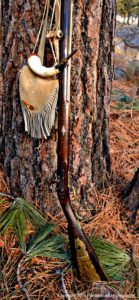
This .40 caliber flintlock rifle is my favorite squirrel gun
But there are added benefits. You can learn survival skills that might come in really handy if The Shinola Hits the Fan.
Start by taking a hunter safety class, and learning firearms safety.
Then take up squirrel hunting.
Squirrels are the second-most harvested small game in the US, after rabbits. They are in virtually every state, and most places have liberal limits.
A 10-year-old kid with a .410, an old guy with his equally ancient Winchester 97, a bowhunter or the modern longhunter with a flintlock can all be successful and get a lot of enjoyment out of the same activity. Squirrel hunting can be as challenging as you want to make it.
Here are some of the survival skills that go along with squirrel hunting.
Marksmanship: The average adult tree squirrel will weight about one pound. The target size is small. They move quickly, and are masters of concealment. If one spots you, you probably won’t get a shot.
Using a shotgun doesn’t guarantee success. A squirrel running through the trees tops, offering only fleeting glimpses of its bushy tail is a challenging target.
A rifleman has more challenge. If you restrict yourself to heads shots only, your target is the size of a walnut. If you can consistently make a head shot, at a range of between 10 to 30 yards, you’ll have no problem taking a deer at similar ranges.
If you want to get really good with your centerfire rifle, work up some reduced loads and hunt small game with it. (Just about every reloading manual has some suggested low velocity loadings. DO NOT make up your own!)
Up the ante and go hunting with a blackpowder rifle. The epitome of squirrel hunting challenge, to me, is using a flintlock rifle, like the colonial frontiersmen.
Talk about trophy hunting – your success rate will probably go down. But when you do drop one, there is a real feeling of accomplishment.
I gave up bowhunting squirrels after a couple of unsuccessful tries. Not only could I not hit one, but I also usually lost the arrow. If you’re a hardcore bowhunter, though, use small game blunts and have at it.
Stalking: We’ve all seen city parks with the fat, complacent squirrels. (Here, the best and undoubtedly illegal hunting tool might be a slingshot.) But go to a public hunting area, and the squirrels have been educated. You might not even see one. This is where you learn to walk quietly on dry leaves, blend in with trees and brush and stalk close enough for a shot.
Listen to the birds: This concept is frequently overlooked. But if you can move so slowly and unobtrusively that you don’t disturb the birds in the woods, then you will see more wildlife. Also, if you notice the birds making a racket that is a sign that someone or something is also in the woods.
This skill transfers to big game hunting. And, God forbid, if you ever get involved in some sort of guerrilla war situation, you’ll know more than many of your opponents.
Use camouflage: Some hard core hunters wear head nets or camouflage paint to hide their faces. There nothing like a bright, shiny face, peering up into the tree, to spook a squirrel.
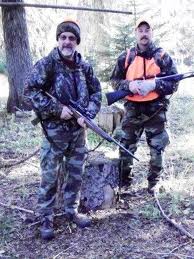
Me and my brother Mike Pantenburg, all camied up to go elk hunting. (Bob Patterson photo)
I tend to wear a broad brimmed hat, and lower my head to hide my face. If it hot and buggy out, a head net is welcomed and hides my face.
Camo patterns are seasonal, and you’ll learn what works best at different times of the year. You’ll quickly figure out what keeps you warm or cool, and how comfortable the clothing is. Needless to say, this could be invaluable if you ever have to bug out somewhere.
Firearms: Use a firearm hunting and you’ll inevitably get better using it and become more familiar with the operation. And don’t discount squirrel hunting firearms for self defense.
Shotguns loaded with slugs or buckshot may be the best short-range self defense weapon ever devised. And a .22 rifle, in the hands of a cool marksman/markswoman/survival mom with the will to use it and survive is a formidable weapon.
Don’t underestimate the killing power of a .22 rifle. As an Iowa farmboy, I’ve humanely dispatched injured pigs and other large farm animals with a single, well-placed .22 slug. (Here’s how to pick the best firearm for your needs.)
Patience: A good hunter is a patient one. There is generally no instant gratification in hunting, and the successful hunter invests time in researching the animal, learning its habits and habitat and practicing marksmanship. Patience is not learned quickly. 🙂
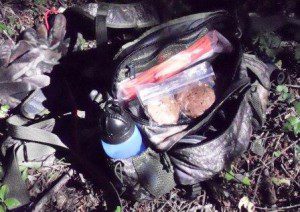
Try out all your gear.
Check out all your gear: You’ll use your firearm, camo, hunting knife, boots and clothing, but other gear goes in the mix. That GPS, map and compass can get used heavily, so your navigation skills stay current. You’ll learn where to find water, and read wild animal sign. Bad weather will teach you how to take shelter.
Wear your hiking boots and socks hunting, and it’s easy to decide if they will work out. Use that new daypack and take along some of the freeze dried food to try out. Experiment with trail mixes.
Learn how to process game animals: Rabbits and squirrels are easy to skin, gut and quarter, and this experience can be applied to larger animals.
On his first hunt to Idaho, I was trying to explain to my cousin, Marion Fitzgerald, how to gut a deer. As kids in Iowa, we had hunted small game together a lot, but this was Marion’s first experience with big animals. My explanation was not going too well, judging from the puzzled look on Marion’s face.
“OK – just imagine a deer is a big rabbit,” I said. “Just gut it like you would a rabbit or squirrel.”
Marion understood instantly, and had no trouble later on. (Here’s how to field dress a squirrel. There are several ways to get this done, but this is one of the quickest.)
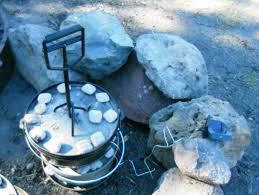
Dutch ovens can make outdoor cooking easy and the food can be delicious!
Cooking: Survival food has to be tasty, and cooking over a campfire is another skill that has to be learned. Cook an older squirrel on a spit over a campfire, like you can see on Youtube videos and survival shows, and the result will be a meal that is as tough as a boot and tastes like one.
Learn some good, basic small game recipes and get a Dutch oven. Make cooking the animal part of the outdoor experience. (Here’s a go-to squirrel recipe.)
I’ve hunted all over the country for deer, elk, waterfowl and small game.
But give me a choice of any day hunt, and I’ll probably take a deciduous forest full of oak and beech trees at dawn. The squirrels will be moving in the trees and I’m there to harvest a few with my flintlock rifle.
Learning survival skills should be fun, and squirrel hunting is one of the best teaching environments around!
Please click here to check out and subscribe to the SurvivalCommonSense.com YouTube channel – thanks!


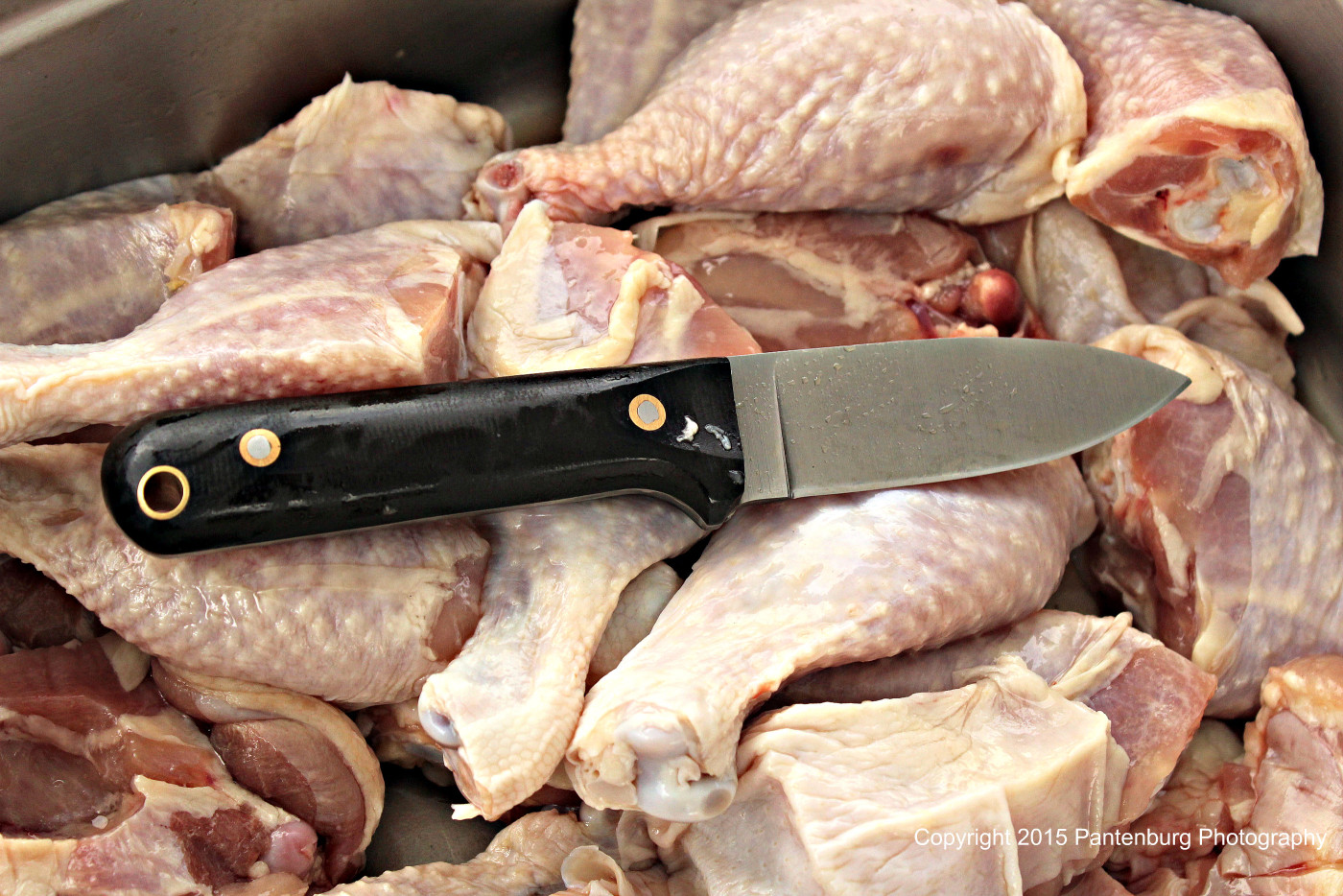

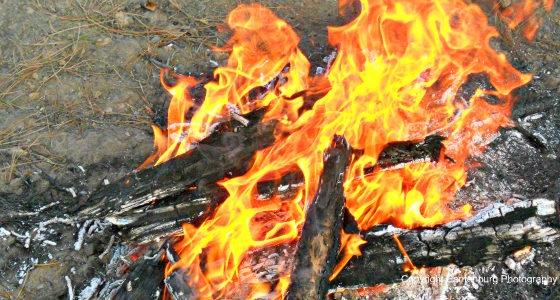
Leave a Reply